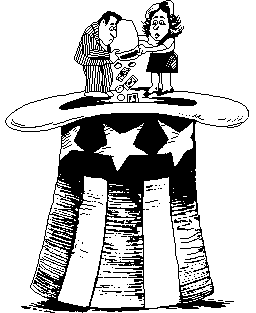If the Internal Revenue Service has levied your bank or other deposit account, you have 21 days from the date the levy was served on the financial institution to get the levy fully or partially released. When the bank receives the levy it takes the funds out of your account and sets them aside until it is time to send them in to the Internal Revenue Service. Once the bank sends the funds to the Internal Revenue Service it is very unlikely to get them released back to you.
You will need to prove that the levy will create
an undue financial hardship. A financial hardship may exist if the levy will
prevent you from being able to buy food, housing or utilities, inability to
get to work, etc. Sometimes the Internal Revenue Service is more stringent and wants to see
eviction or utility cut-off notices relative to the current time period.
You must act quickly! By the time you find out about the levy, several days may have already passed.
When the bank receives the levy from the Internal Revenue Service they will typically hold and send to the Internal Revenue Service your prior day's closing balance. The levy only attaches to those funds. Not to funds that you deposit after the levy has been processed. It's a one time shot. Some States do have continuous financial institution levies that will continue to take funds on succeeding days until the levy is released.
Once the bank takes funds out of your account for the Internal Revenue Service, if any of your checks come through before you make another deposit, you will incur over-draft charges.
